 As leaves drop from the trees in autumn, sometimes their absence can reveal a previously-camouflaged surprise -- like a bald-faced hornet nest.
As leaves drop from the trees in autumn, sometimes their absence can reveal a previously-camouflaged surprise -- like a bald-faced hornet nest.
Bald-faced hornets are named for their ivory-white face coloration. (They are also sometimes called white-faced hornets.)
Bald-faced hornet nests often grow to basketball size or larger. Peak nest populations are 400 or more workers. The nests are covered with paper carton and have a single opening where the bald-faced hornet workers enter and exit.
Geographically, bald-faced hornets are found on the west coast of the United States, in the Rocky Mountain areas, and throughout the Eastern half of the U.S. They are most common in the southeastern U.S.. Bald-faced hornets are also found in Canada.
 Bald-faced hornet nests are started by a single queen in the spring, once she emerges from hibernation. She collects wood fiber and chews it to produce a paper-like material to build the nest. As she constructs the inner cells, she lays an egg in each. The eggs mature into larvae, pupae, and then workers -- who forage for food and building materials to keep growing the nest until the season slows down in fall.
Bald-faced hornet nests are started by a single queen in the spring, once she emerges from hibernation. She collects wood fiber and chews it to produce a paper-like material to build the nest. As she constructs the inner cells, she lays an egg in each. The eggs mature into larvae, pupae, and then workers -- who forage for food and building materials to keep growing the nest until the season slows down in fall.
These photos are from Laura in Spokane, who reports finding this bald-faced hornet nest the size of a human head in her yard in late October.
Although it was past the point of being active with workers coming and going, the nest wasn't fully abandoned, as there were larvae inside some of the cells. "When it was down and being smashed and sprayed," she said, "a few were actually pretty squirmy. Ick!"
Even if you find a nest like this late in the year and leave it up, the good news is that the insects will not use it again. Instead, the overwintering bald-faced hornet queens will build a new nest in spring.
And to lessen the chance of that happening, you can use the W·H·Y® Trap for Wasps, Hornets & Yellowjackets in spring to catch the queens when they emerge from hibernation.
Where to buy the W·H·Y® Trap for Wasps, Hornets & Yellowjackets


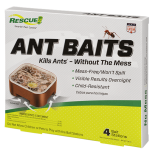 Ant Baits
Ant Baits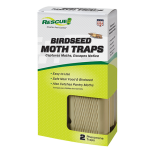 Birdseed Moth Trap
Birdseed Moth Trap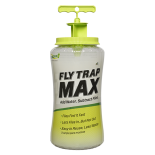 Fly Trap Max
Fly Trap Max Fly Trap, Big Bag
Fly Trap, Big Bag 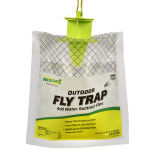 Fly Trap, Disposable
Fly Trap, Disposable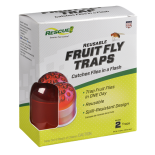 Fly Trap, Fruit Fly
Fly Trap, Fruit Fly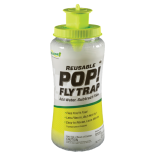 Fly Trap, POP! Fly
Fly Trap, POP! Fly 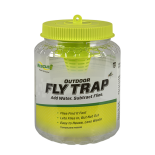 Fly Trap, Reusable
Fly Trap, Reusable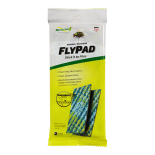 FlyPad
FlyPad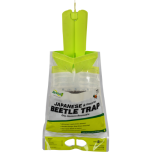 Japanese & Oriental Beetle Trap
Japanese & Oriental Beetle Trap Spider Trap
Spider Trap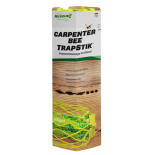 TrapStik, Carpenter Bee
TrapStik, Carpenter Bee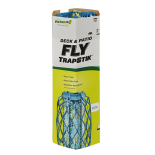 TrapStik, Deck & Patio Fly
TrapStik, Deck & Patio Fly 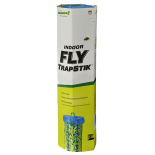 TrapStik, Indoor Fly
TrapStik, Indoor Fly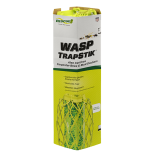 TrapStik, Wasp
TrapStik, Wasp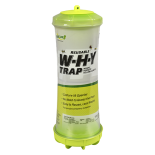 W·H·Y Trap for Wasps, Hornets & Yellowjackets
W·H·Y Trap for Wasps, Hornets & Yellowjackets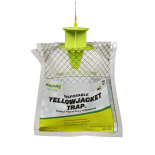 Yellowjacket Trap, Disposable
Yellowjacket Trap, Disposable 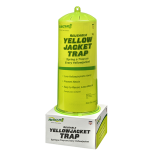 Yellowjacket Trap, Reusable
Yellowjacket Trap, Reusable 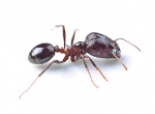 Ants
Ants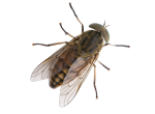 Biting Flies
Biting Flies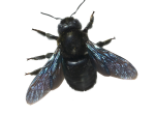 Carpenter Bees
Carpenter Bees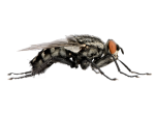 Flies
Flies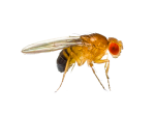 Fruit Flies
Fruit Flies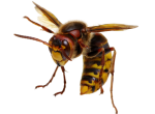 Hornets
Hornets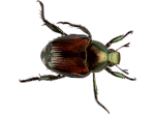 Japanese Beetles
Japanese Beetles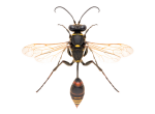 Mud Daubers
Mud Daubers Oriental Beetles
Oriental Beetles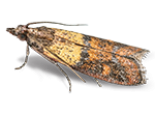 Birdseed & Pantry Moths
Birdseed & Pantry Moths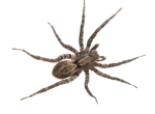 Spiders
Spiders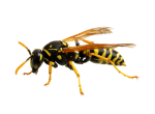 Wasps
Wasps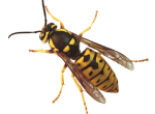 Yellowjackets
Yellowjackets